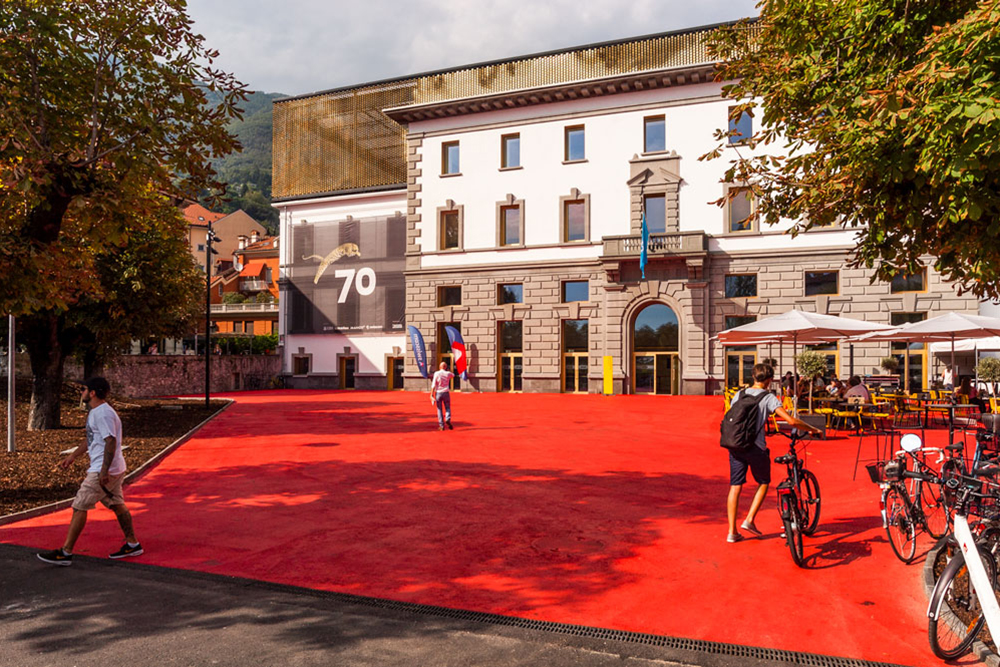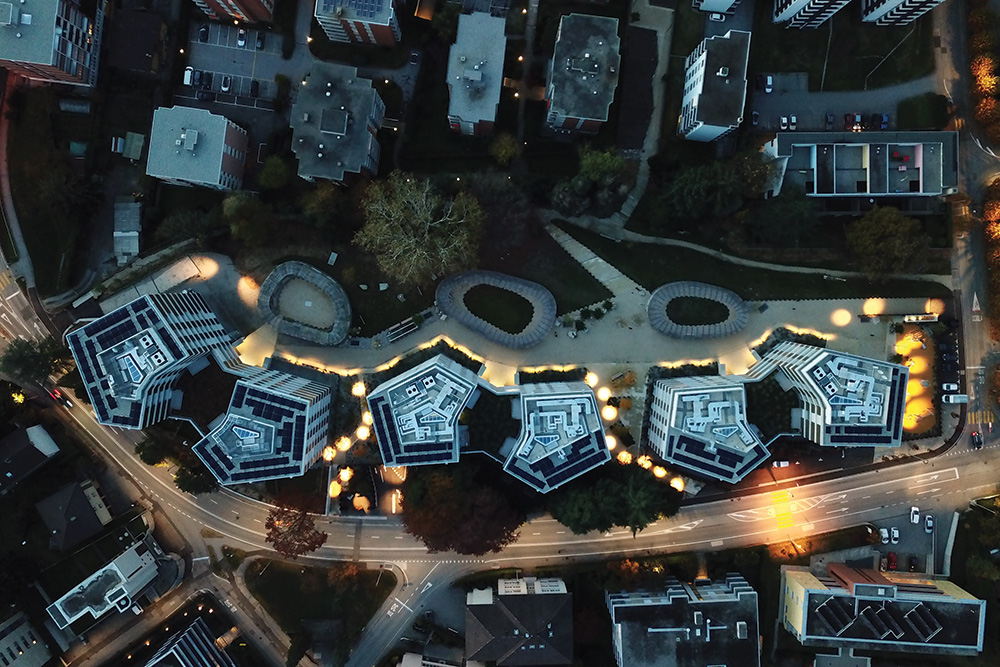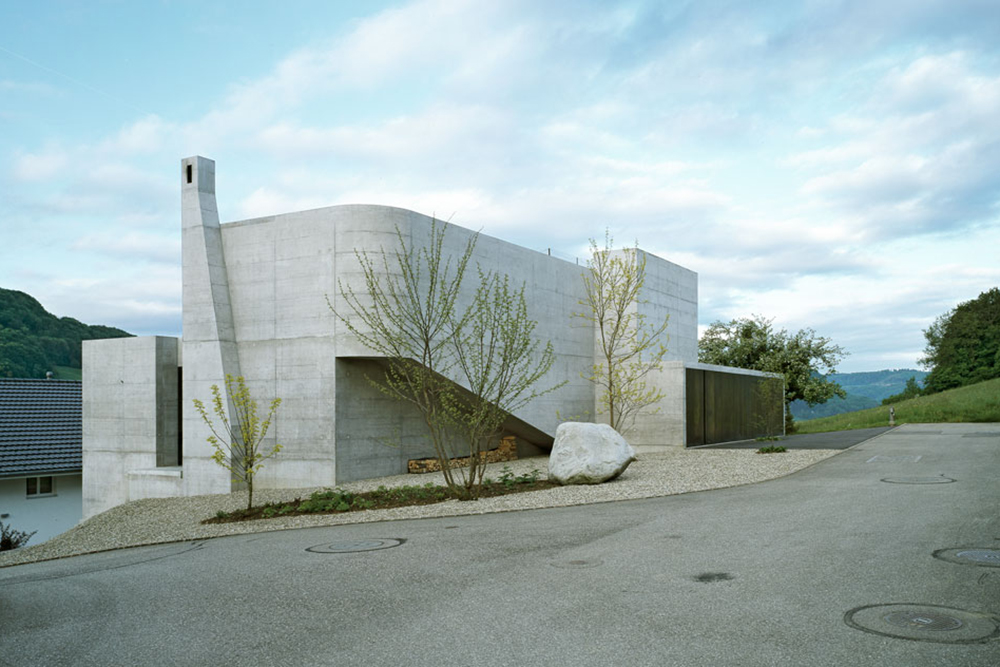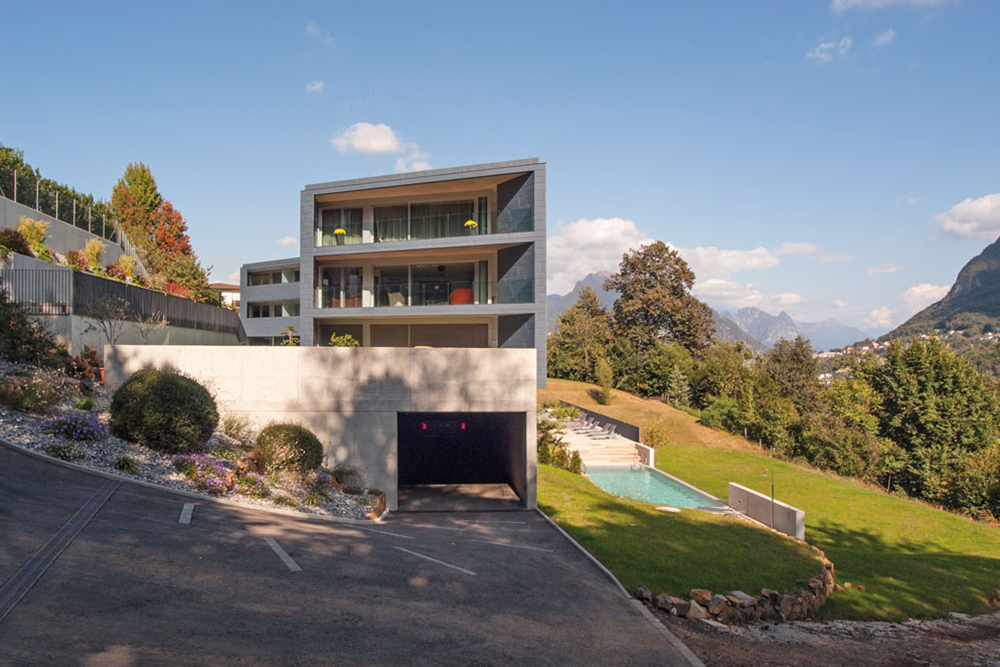Drytech realised the waterproofing of the artificial pond of the Lange Erlen wildlife park in Basel with the Drytech Tank, built as part of the extension of the historical city zoo.
The construction of this zoo on the Wiese river in Kleinbasel dates back to 1871 and is still very popular with young Basel children every day.
The wildlife park allows children to get to know the animals within the protected habitat of an adventure farm.
The Drytech intervention is part of the facelift completed in 2018, which increased the surface area of the park by 3,000 m2, with new paths and a modern playground, inside which the artificial pond with the Drytech Tank waterproofing structure was built.
Owner: Erlen-Verein Basel, Basel
Project: pg landschaften GmbH / KuKuk Freiflug GmbH, Sissach
Structure: Jauslin Stebler AG, Basel
Construction: Huber Straub AG, Basel
Waterproofing: 110 m2 Drytech White Tank









